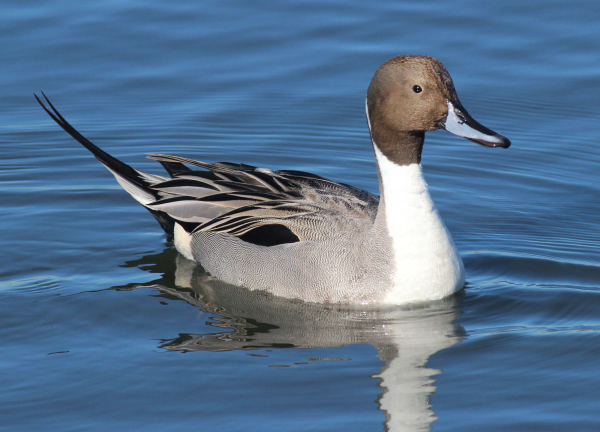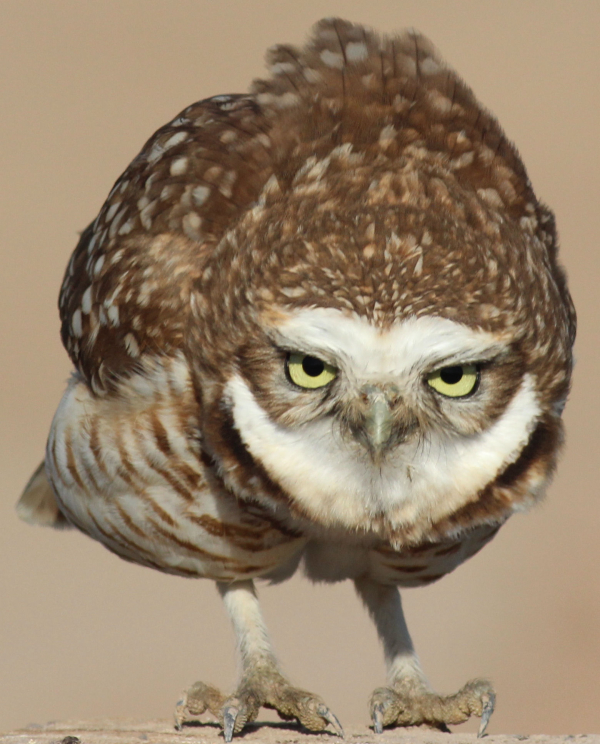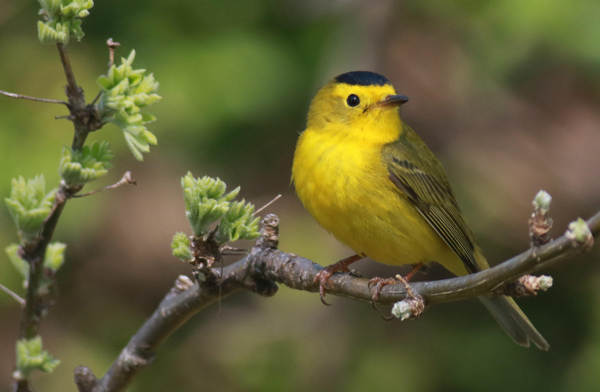If I was going to start over again, buy all new photo equipment, what’s the basic equation for bird photography? I’m a pretty practical guy, a pretty thrifty person; I’m aware of all the options having used a variety of equipment in the field, and I’m aware of all the new products available as they are introduced. I’m not a professional photographer; but I’m a very enthusiastic bird photographer who searches for photo opportunities daily when the right sunlight conditions prevail – and I manage some nice photos of a broad variety of avian subjects.

Today’s digital cameras provide a variety of remarkable features that combine to help you take high-resolution bird photographs like this drake Northern Pintail.
So what camera and lens combination would I buy if I was going to start over with a rather conservative budget in mind?
It’s relatively easy to meet a happy medium, where you get an excellent camera, a quality telephoto lens, or a fine zoom lens while getting the most out of your investment. Photo equipment really is an investment – an important investment. If you’re truly interested in bird photography, it’s frankly worth taking out a loan, or dedicating a new credit card for essential photo equipment only. As long as you make sure your purchase total is one that you can easily make an appropriate monthly payment on over time while using the equipment. [Now excuse me while I take my new card to the camera store (ha-ha).]

A great camera and lens combination will stop the action of a displaying Burrowing Owl, although it’s up to the photographer to get into position, plan the composition that includes a narrow field of view, take the photo at just the right time, and share the fruit of your efforts with others.
|
Photo equipment can also be considered an investment in that you can always sell it, not unlike a car. And because there is a high resale market, you can also feel comfortable buying lightly used equipment to cut some corners financially, especially if you know the person selling their personal equipment. I’ve found that photographers treat their equipment with the highest level of care, so if money is tight, consider taking a look at some slightly used equipment.
As camera models have improved, which tends to happen about every three years, I sell my lightly used camera to a selected friend, someone who I know will benefit from my camera (my great friends Emery, Kenny, and William for instance), and they have delighted in the upgrade to their equipment as well as the exceptional bargain I offer them. Getting some payback for my slightly used equipment gives me a basis to buy the newest model – kind of like trading in a used car to buy a new one.
What equipment would I buy? I’m very dedicated to Canon photo equipment. For decades they have been ahead of all other brands as new innovations have become standard parts of our cameras and lenses. They also provide a variety of top quality cameras and lenses at relatively affordable prices. That said, shop around.
When shopping for a camera body, all camera bodies priced above $400 will have the basics – autofocus, continuous shooting, advanced light metering, and much more. Therefore, for me it all comes down to a balancing act between price and quality. Quality photographs are based on resolution (detail), which is measured in megapixels (megs). The standard camera resolution these days is probably about 20 megs. [Keep in mind, my first digital camera bragged 6 megs, and that resolution quality has been increased by 6 megs about every three years as new models were introduced.]
Using Canon camera models as an example, today’s cameras vary from the new EOS Rebel 8i (24 megs) priced at $750 and the EOS 77D (24 megs) priced at $550, to the EOS 5DS (50 megs) priced at $3,500 – way above many birder’s budget; definitely above mine. Tip: Buy the camera body only – avoid “kits” that add a pricey wide-angle lens.
Balancing quality and price, my personal pick is the Canon EOS 90D with a 32 meg sensor for high-quality resolution digital photographs, priced at $1,100. To review the full Canon line of cameras, see https://www.usa.canon.com/internet/portal/us/home/products/list/cameras/eos-dslr-and-mirrorless-cameras

Photographing small songbirds is always a challenge, but a quality camera and lens will help to make spring migration a productive time for any bird photographers.
Lenses
Most birders who are enthusiastic photographers opt for a 400mm f5.6 telephoto lens, or a more versatile 100-to-400mm zoom lens. A higher percentage of photographers opt for the zoom lens, which they can use for other photography options ranging from landscape to portrait photography. I usually find myself using my zoom lens for photographing large mammals and reptiles, along with landscapes and documentary images, but I use my 400mm telephoto exclusively for bird photography. I rarely find the need for the zoom option while focusing on birds, so the telephoto serves me best for birds.
Now those are my personal preferences, but to round out the field a bit, I can assure you that some of the best bird photographers in the world use a form of this equipment. Also, among the crowds of photographers I see at birding hotspots from Southern California to the Rio Grande Valley of Texas, from the Everglades of Florida to the shores of Lake Erie and the mountains of Glacier National Park on the Canadian border – most bird photographers use a similar camera and lens combination. It’s versatile with the zoom, and it provides high-quality photos under good field conditions, and doesn’t cost an exorbitant amount of money.
You can buy a larger lens, but anything larger than a 400mm f5.6 realistically requires using a very stable tripod. For me, and I think most other birders, adding a tripod to camera equipment makes it a whole different animal – awkward to handle and carry, heavier if it’s a good tripod, unwieldy, and no fun. Some people don’t seem to mind it, or they put up with using a tripod. Most of us prefer the simple option of being able to swing this way and that as a bird flies by, or as passing flocks of birds require quick reflexes and the freedom to point and shoot with a quality camera-lens combination. You can easily carry such a camera combo while hiking along a birding trail or fit it into almost any backpack too.
Again, judging from what I see across the country, most birders who photograph birds opt for a Canon EF 400mm f5.6 telephoto lens, or a more versatile 100-to-400mm zoom lens. These are my preferences too. The telephoto will cost about $1,250; the zoom closer to $1,700, but that includes the excellent added feature of image stabilization (IS). If that price is steep, a good option is to look for a slightly used lens; and whether buying new or used, shop around a bit to get the best price. For reference, see the 400mm f5.6 telephoto lens at https://www.usa.canon.com/internet/portal/us/home/products/details/lenses/ef/super-telephoto/ef-400mm-f-5-6l-usm and while you’re on the Canon website, check out the 100-to-400mm zoom lens options too.

Getting close to birds of prey isn’t easy, so when a young Bald Eagle turns your way, be sure your camera’s autofocus, light meter, shutter speed, and continuous shooting options in sync with a fine telephoto or zoom lens are ready and able to document memorable photo opportunities – with a little luck in the equation too.
Personal Investment
Revisiting the idea of buying photo equipment as an investment, let me share that my life would be particularly shallow without my passion for taking photographs of birds. If you have an interest, you should see where bird photography takes you – personally, mentally, and possibly, professionally. As I noted earlier, I’m not a pro, but I’ve never met a perspective employer who wasn’t impressed with my website photos (http://wildlifeadventures.biz/) or photo-essays I’ve published in magazines, books, and online. Rather than relying solely on my writing, I provide a level of photo-journalism that provides an attractive package to editors and publishers. Similarly, my photographs augment my work as a field biologist; and on a personal level, associates, family, and friends always appreciate my habit of attaching a wildlife photo my emails and some texts.
I’m glad I don’t need to buy new equipment this week, but I am interested in upgrading my camera soon. As for my lenses, I really wouldn’t trade ‘em if I could. Even so, I hope this has been a helpful discussion for anyone interested in bird photography, whether you’re ready to get started, thinking of updating or upgrading, or considering a new addition to your existing photo gear. Give your camera and lens combo a good workout this spring as new photo subjects arrive each week! Enjoy your bird photography opportunities, and Good Luck!
Article and photos by Paul Konrad
Share your bird photographs and birding experiences at editorstbw2@gmail.com